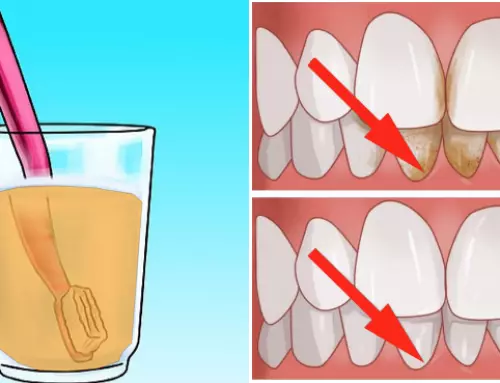Imagine you are on the brink of sleep when suddenly, your body twitches or you feel a sudden jolt. When you experience these twitches yourself or observe them in another person, they can be a little unnerving. However, according to Mental Health Daily, these involuntary jerks are actually normal, and they are called hypnagogic jerks or hypnic jerks.
What is a Hypnic Jerk?
 The word hypnagogic is composed of the Greek words, “hypnos,” and, “agogos.” The word, “hypnos,” means sleep while the word, “agogos,” means preceding or coming before. Hypnagogic jerks, therefore, are involuntary muscular jolts or twitches that occur during the transition from wakefulness to sleep. Most individuals experience hypnagogic jerks just moments before falling asleep, and they may not even remember having them. According to DNews, this makes hypnic jerks difficult to study. Scientists estimate that between 60 and 70 percent of all individuals have hypnagogic jerks.
The word hypnagogic is composed of the Greek words, “hypnos,” and, “agogos.” The word, “hypnos,” means sleep while the word, “agogos,” means preceding or coming before. Hypnagogic jerks, therefore, are involuntary muscular jolts or twitches that occur during the transition from wakefulness to sleep. Most individuals experience hypnagogic jerks just moments before falling asleep, and they may not even remember having them. According to DNews, this makes hypnic jerks difficult to study. Scientists estimate that between 60 and 70 percent of all individuals have hypnagogic jerks.
When your brain transitions from wakefulness to sleep, it makes a shift. There are two systems located in the middle of your brain behind the eyes. The reticular activating system (RAS) plays an important role in awakeness as well as in the transition between wakefulness and sleep while the ventrolateral preoptic nucleus (VLPO) controls you while you are asleep. According to the Encyclopedia of Neuroscience, the VLPO helps you stay asleep by keeping other areas of your brain quiet.
Your brain stops making serotonin when you sleep. Serotonin is a chemical that plays an important role in mood as well as controlling the movement of the large muscles in your body, such as those found in your arms and legs. However, serotonin does not control smaller muscles, such as the ones found in your wrists, eyes, and lips. Approximately 90 minutes after you go to sleep, your brain paralyzes you so you cannot get up and begin moving while you dream. As you go to sleep, the RAS deactivates while your VLPO becomes active. Some scientists believe that hypnagogic jerks occur when you begin to dream but are not paralyzed yet. In other words, your VAS is struggling with your VLPO, and hypnagogic jerks are the result of misfiring nerves as the two systems struggle against one another.
Hypnic Jerk Causes
An evolutionary theory suggests that hypnagogic jerks are the result of our ancestors’ survival needs. The theory suggests that your brain interrupts your relaxed state before sleeping as an indication that you’re about to fall out of a tree. This theory asserts that a primate would get comfortable in a tree and begin to fall asleep, but the primate’s body would involuntarily jerk to keep the primate awake and prevent a fall.
Scientists aren’t sure what causes hypnagogic jerks. However, certain factors may put you at risk for experiencing them. Specifically, anxiety, brain lesions, caffeine intake, taking drugs, drinking alcohol, sleep deprivation, sleeping on your back, a variable sleep schedule, stress, and using stimulants all increase your risk for experiencing hypnagogic jerks. Additionally, untreated sleep disorders and exercising in the afternoon or evening increases the chance you’ll have hypnagogic jerks.
Severe hypnagogic jerks can be a symptom of Alzheimer’s disease, Parkinson’s disease, or Fibromyalgia or an indication of a brain injury or nerve damage. However, most hypnagogic jerks are harmless.
If you have a hard time falling asleep you may want to try sleeping on your left side or learning the 4-7-8 breathing technique or even try the LV3 acupuncture point for a peaceful night’s rest.
Check out this cool hypnic jerk video by Discover Channel
Please SHARE this hypnic jerk info with all your Facebook friends and family!
Have you ever experienced a hypnic jerk before you fall asleep?
Tell us in the comments section below or take our uses for aspirin quiz below.














